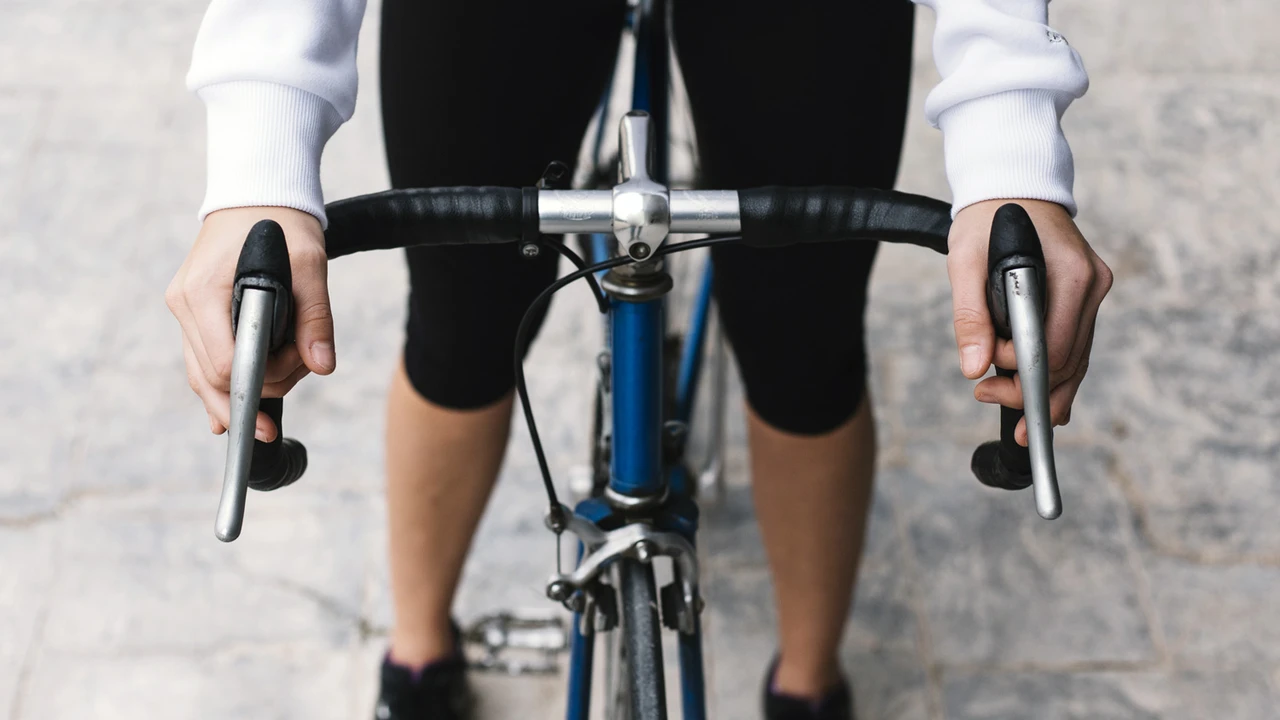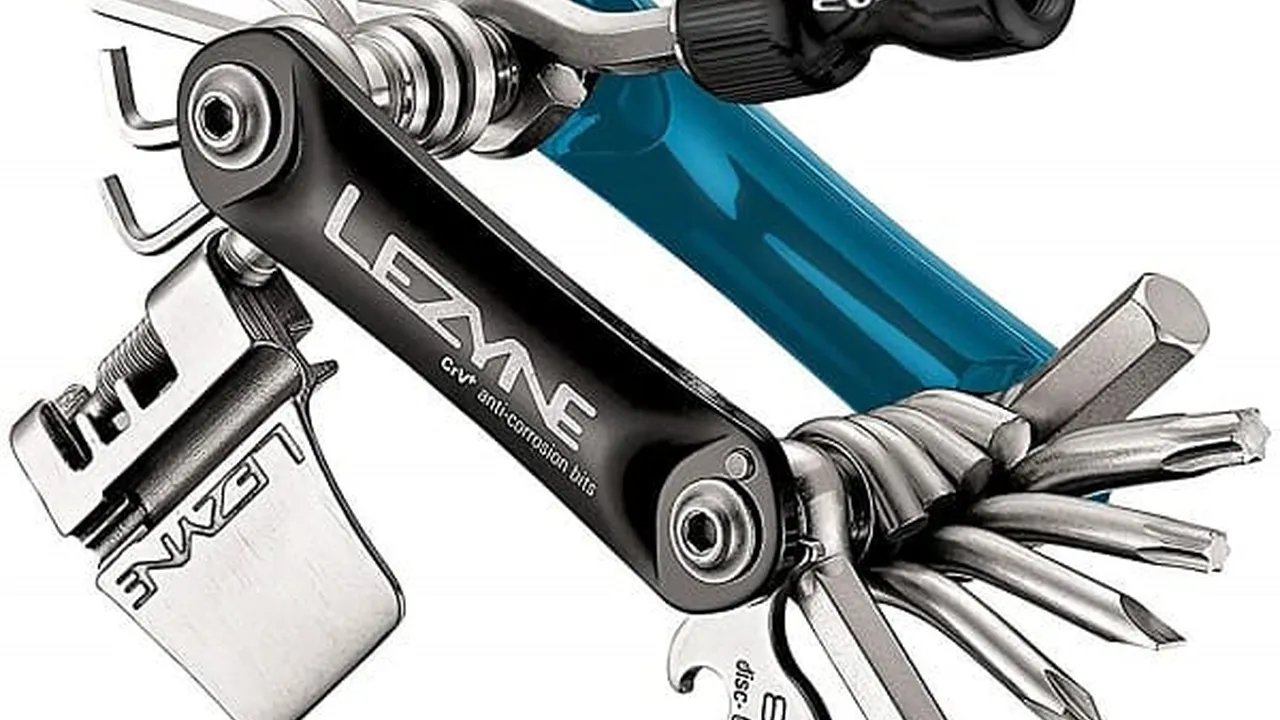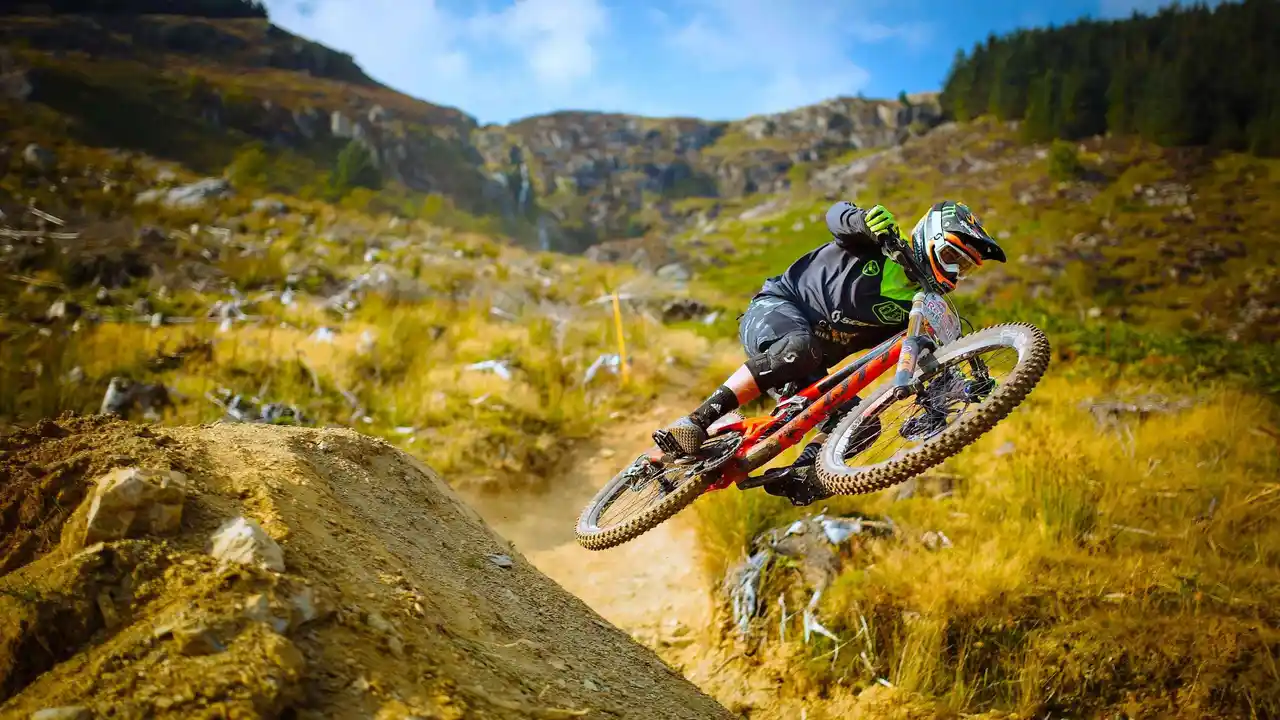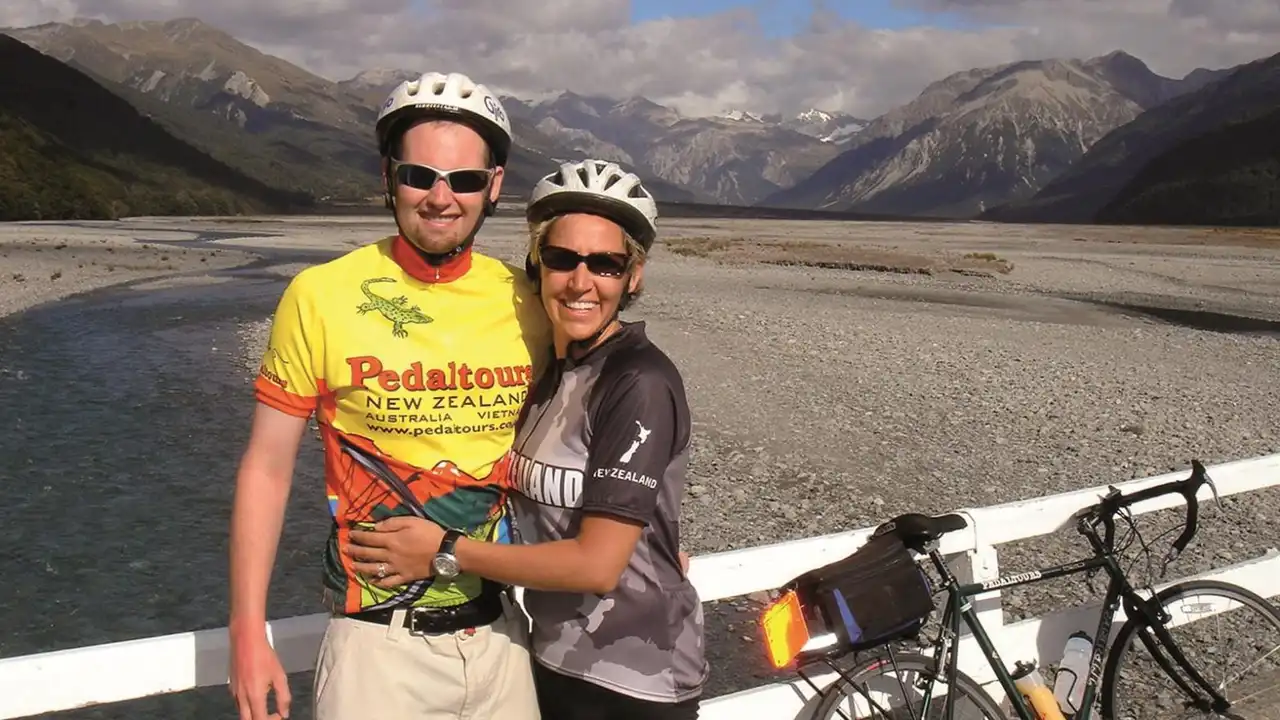5 Tips for Improving Your Cycling Posture on the West Coast
Okay, here's the completed article content for the 12th article in the 'West Coast Cycling Safety & Maintenance Tips' category, adhering to all specified constraints.Riding your bike along the West Coast is an incredible experience, but comfort and safety are paramount. Your cycling posture plays a huge role in both. This article dives into practical tips to improve your cycling posture, preventing injuries and enhancing your overall riding enjoyment. We'll also explore recommended products to aid in achieving and maintaining the ideal position.

Cycling on the West Coast offers stunning scenery, but long rides can take a toll on your body if your posture isn't right. Here are five key tips to help you improve your cycling posture, making your rides more comfortable and efficient. We'll also cover some gear that can significantly improve your riding experience.
1 Optimize Your Bike Fit for West Coast Cycling Comfort
The foundation of good cycling posture is a proper bike fit. A bike that's too big or too small will force you into awkward positions, leading to discomfort and potential injuries. Consider getting a professional bike fit, especially if you're planning on doing a lot of riding. A professional fitter can adjust your saddle height, handlebar position, and cleat placement to ensure optimal comfort and efficiency.
Product Recommendation: Retül Bike Fit System. This system uses infrared markers and motion capture technology to analyze your riding position in real-time, providing precise adjustments for optimal performance and comfort. Expect to pay around $250-$400 for a Retül bike fit.
2 Core Strength Exercises for Enhanced Cycling Stability on the West Coast
A strong core is essential for maintaining good posture on the bike. Your core muscles support your spine and help stabilize your pelvis, preventing lower back pain and improving your overall balance. Incorporate exercises like planks, bridges, and Russian twists into your training routine. Aim for at least 2-3 core workouts per week.
Example Exercise: Plank. Hold a plank position for 30-60 seconds, focusing on engaging your core muscles. Repeat 3-5 times. This simple exercise can significantly improve your core strength and stability on the bike.
3 Head and Neck Position for Clear Visibility While Cycling the West Coast
Maintaining a relaxed and neutral head and neck position is crucial for preventing neck pain and stiffness. Avoid hunching your shoulders or tilting your head too far back. Keep your eyes looking forward and slightly down, scanning the road ahead. Periodically check your mirrors without straining your neck.
Product Recommendation: Mirrorcle Bike Mirror. This mirror attaches to your helmet or handlebars, providing a clear view of what's behind you without requiring you to turn your head excessively. It's particularly useful in busy West Coast traffic. Cost: $20-$30.
4 Shoulder and Arm Relaxation for Reduced Fatigue During West Coast Rides
Tense shoulders and arms can lead to fatigue and discomfort, especially on longer rides. Focus on relaxing your shoulders and bending your elbows slightly. Avoid gripping the handlebars too tightly. Periodically shake out your arms to release tension.
Product Recommendation: Ergon GP1 Grips. These ergonomic grips are designed to distribute pressure evenly across your hands, reducing numbness and fatigue. They're available in various sizes to fit different hand shapes. Price: $30-$50.
Product Comparison: Ergon GP1 vs. Standard Grips. Standard grips are often cylindrical and can concentrate pressure on certain areas of your hands. Ergon GP1 grips, with their ergonomic design, provide a wider contact surface and better support, reducing pressure points and improving comfort. While standard grips are typically cheaper (around $10-$20), the added comfort of Ergon GP1 grips is well worth the investment for serious cyclists.
5 Saddle Comfort and Position for Optimized West Coast Cycling Performance
Your saddle plays a vital role in your overall comfort. Choose a saddle that's the right width and shape for your body. Experiment with different saddle positions to find the sweet spot. A saddle that's too high or too low can cause discomfort and even injuries.
Product Recommendation: Specialized Power Saddle. This saddle features a cutout design that reduces pressure on sensitive areas, making it a popular choice among cyclists. It's available in various widths to accommodate different body types. Cost: $130-$250.
Product Comparison: Specialized Power Saddle vs. Brooks B17 Saddle. The Specialized Power Saddle is a modern, lightweight saddle designed for performance and comfort. The Brooks B17, on the other hand, is a classic leather saddle known for its durability and ability to mold to your body over time. The Power Saddle is generally preferred for shorter, more intense rides, while the B17 is a good choice for longer, more relaxed touring. The Power Saddle typically costs between $130-$250, while the Brooks B17 ranges from $100-$150. Consider your riding style and preferences when choosing between these two excellent saddles.
6 Pedal Stroke Efficiency for Maximizing Power and Minimizing Strain While Cycling the West Coast
A smooth and efficient pedal stroke can significantly reduce strain on your muscles and joints. Focus on engaging your glutes and hamstrings throughout the pedal stroke, rather than just pushing down with your quads. Practice spinning drills to improve your pedal stroke efficiency.
Technique: Single-Leg Drills. Unclip one foot and focus on pedaling with the other leg for 30-60 seconds. This helps you isolate and strengthen the muscles involved in the pedal stroke. Repeat on both sides.
7 Breathing Techniques for Sustained Energy During West Coast Cycling Adventures
Proper breathing is essential for maintaining energy levels and preventing fatigue. Practice deep, diaphragmatic breathing. Inhale deeply through your nose, filling your lungs completely. Exhale slowly through your mouth. Focus on coordinating your breathing with your pedal stroke.
Technique: Rhythmic Breathing. Coordinate your breathing with your pedal stroke. For example, inhale for four pedal strokes and exhale for four pedal strokes. Experiment with different rhythms to find what works best for you.
8 Hydration and Nutrition for Optimal Performance on Long West Coast Cycling Rides
Staying hydrated and fueled is crucial for maintaining energy levels and preventing fatigue on long rides. Drink plenty of water or electrolyte drinks throughout your ride. Consume energy gels or bars to replenish your glycogen stores.
Product Recommendation: GU Energy Gels. These gels provide a quick and convenient source of energy during your ride. They're available in a variety of flavors. Price: $1-$2 per gel.
9 Adjusting Your Posture for Different West Coast Cycling Terrains and Conditions
Your posture may need to be adjusted depending on the terrain and conditions. When climbing hills, shift your weight forward and engage your core muscles. When descending, lower your center of gravity and relax your shoulders. In windy conditions, lower your profile to reduce wind resistance.
Technique: Climbing Posture. Shift your weight slightly forward and engage your core muscles to maintain balance and power. Use your hands to pull on the handlebars for leverage.
10 Recognizing and Addressing Early Signs of Discomfort While Cycling the West Coast
Pay attention to your body and address any signs of discomfort early on. Don't ignore pain or numbness. Stop and stretch if you need to. Adjust your bike fit or posture if necessary. Early intervention can prevent minor discomfort from turning into a serious injury.
Action: Stop and Stretch. If you experience any pain or discomfort, stop your bike and stretch the affected muscles. This can help to relieve tension and prevent further injury.
11 The Importance of Regular Breaks for Maintaining Good Posture on West Coast Cycling Trips
Taking regular breaks is essential for preventing fatigue and maintaining good posture on long rides. Stop every hour or so to stretch, walk around, and refuel. This will help you stay fresh and focused.
Recommendation: Scheduled Breaks. Plan your breaks in advance and stick to your schedule. This will help you avoid pushing yourself too hard and increase your chances of completing your ride comfortably.
12 Investing in Quality Cycling Apparel for Enhanced Comfort and Performance on the West Coast
Proper cycling apparel can significantly improve your comfort and performance. Choose moisture-wicking fabrics that will keep you cool and dry. Padded cycling shorts can help to prevent saddle sores. A well-fitting jersey can improve your aerodynamics.
Product Recommendation: Assos Mille GT Bib Shorts. These bib shorts are known for their comfort and performance. They feature a high-quality chamois that provides excellent support and cushioning. Price: $150-$250.
Product Comparison: Assos Mille GT vs. Pearl Izumi Attack Bib Shorts. The Assos Mille GT bib shorts are a premium option with a focus on comfort and performance. The Pearl Izumi Attack bib shorts are a more budget-friendly option that still provides good performance. The Assos Mille GT features a more advanced chamois and higher-quality fabrics, while the Pearl Izumi Attack is a more basic design. If you're looking for the ultimate in comfort and performance, the Assos Mille GT is worth the investment. If you're on a budget, the Pearl Izumi Attack is a good choice.
Remember to always prioritize safety and enjoy the beautiful scenery the West Coast has to offer!
:max_bytes(150000):strip_icc()/277019-baked-pork-chops-with-cream-of-mushroom-soup-DDMFS-beauty-4x3-BG-7505-5762b731cf30447d9cbbbbbf387beafa.jpg)






